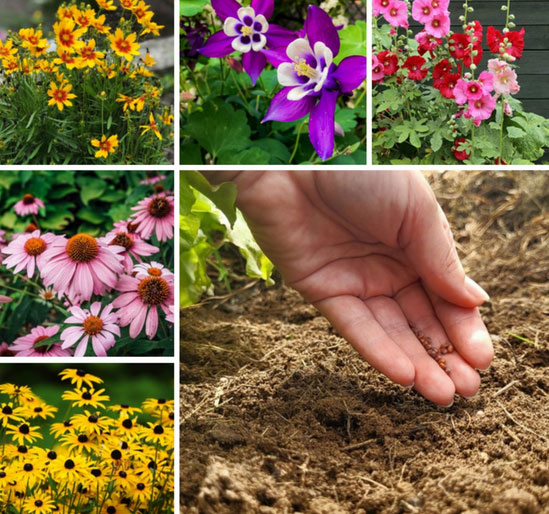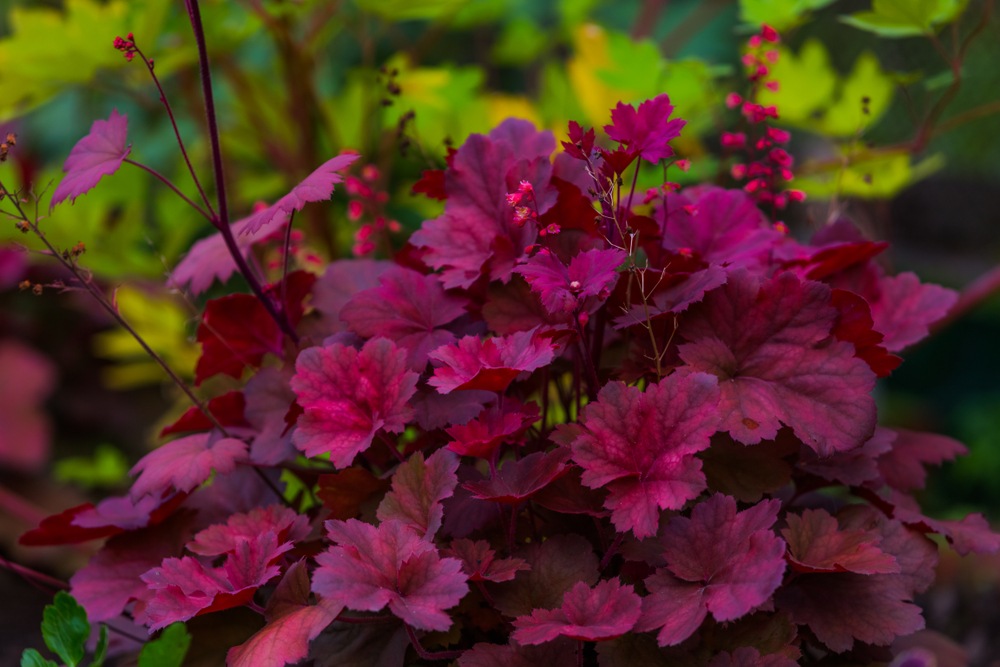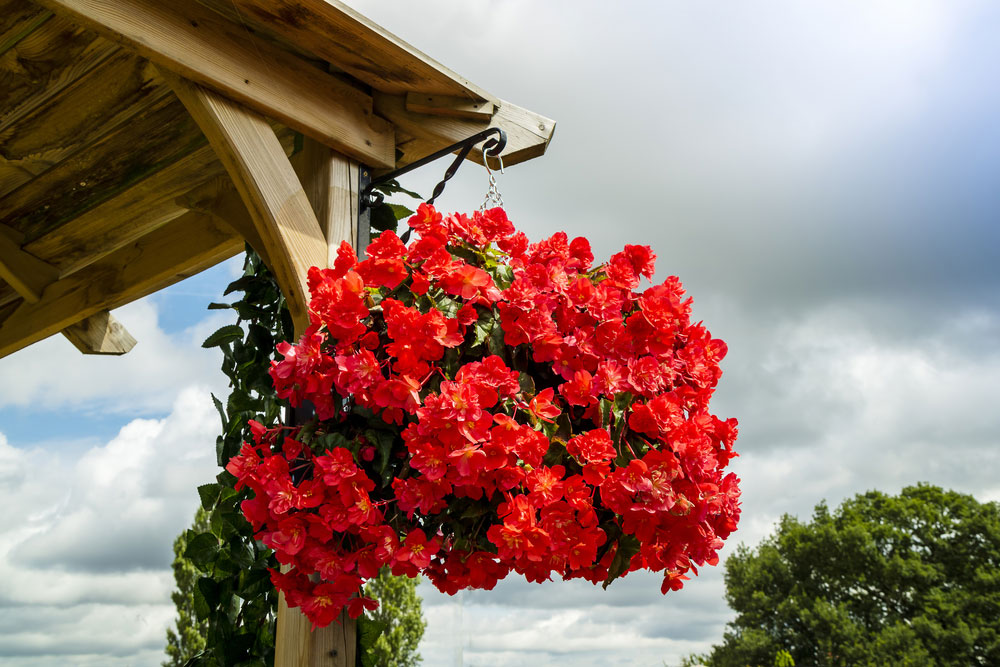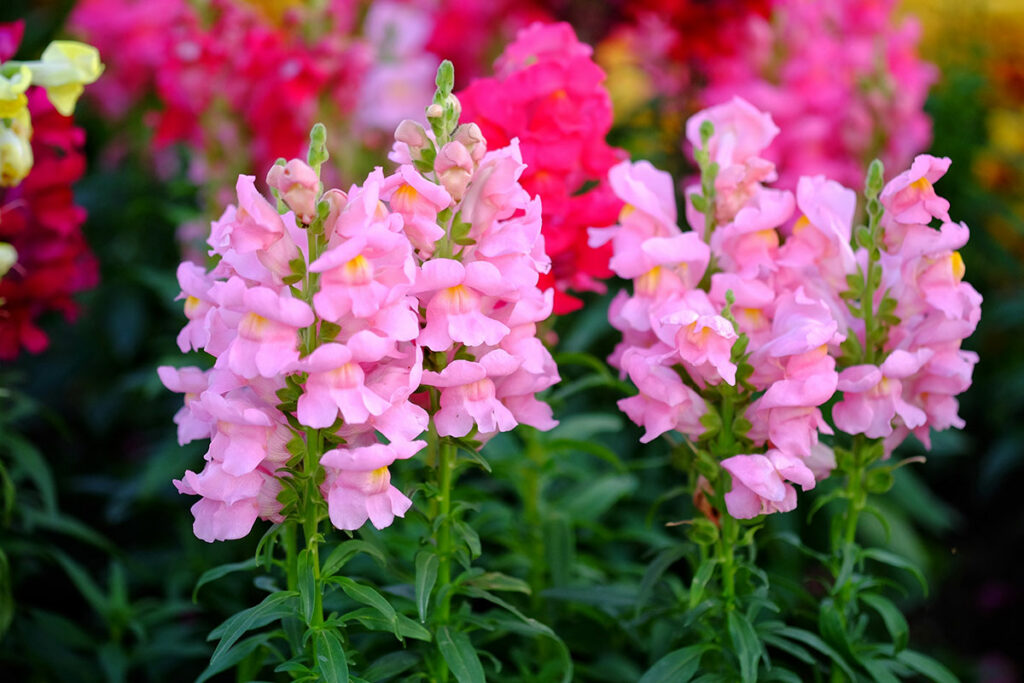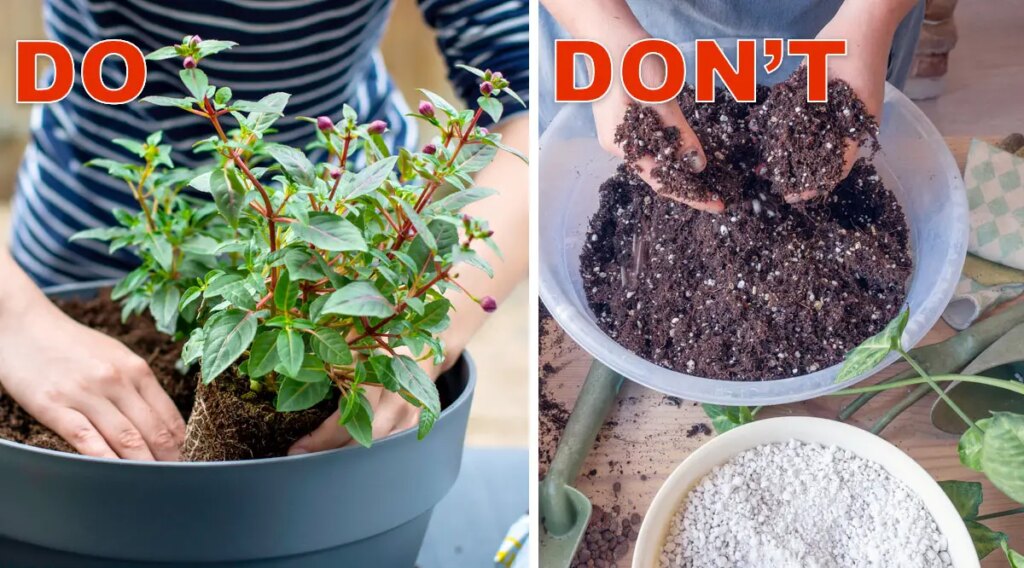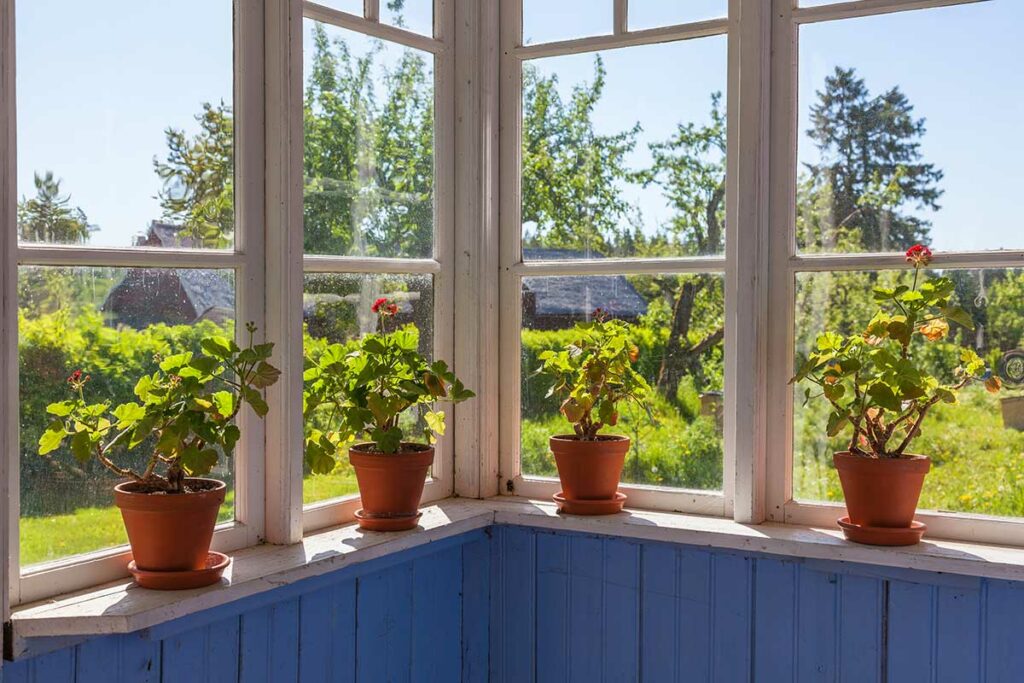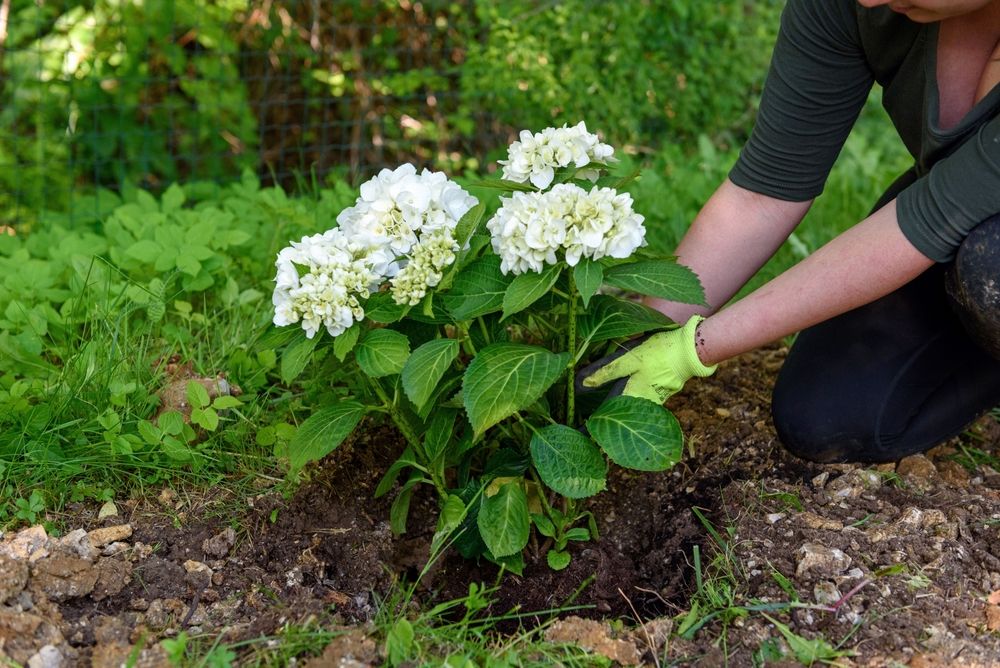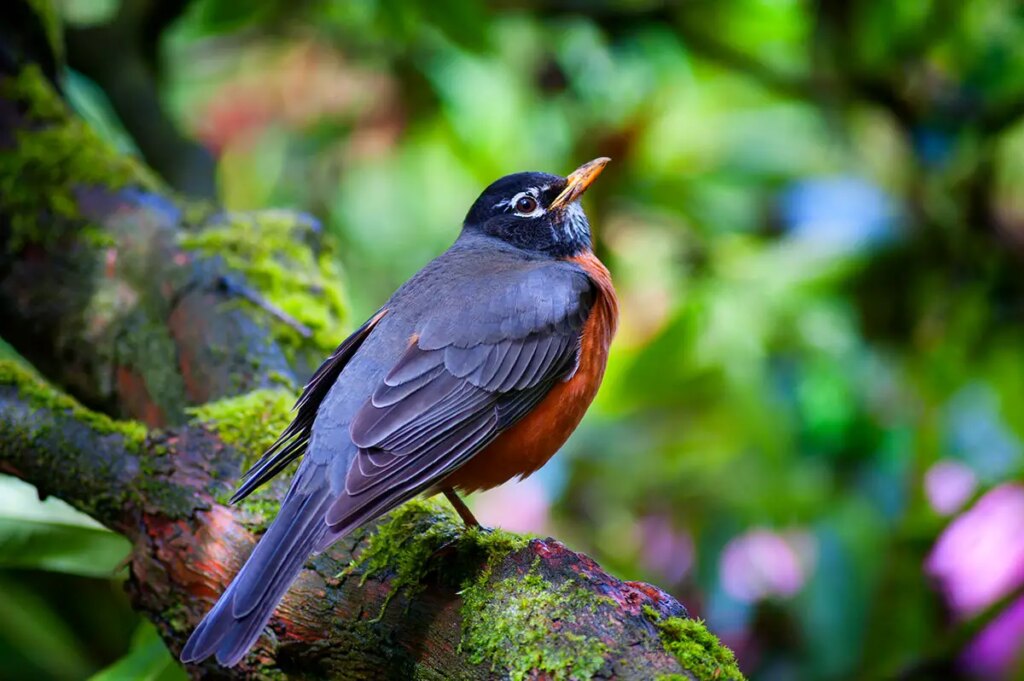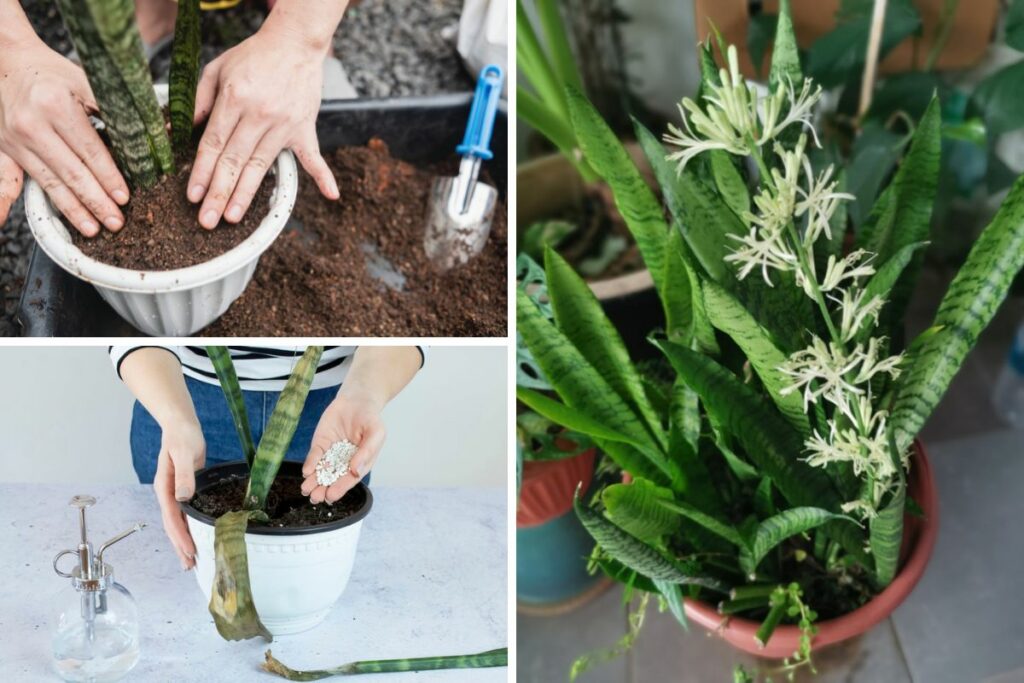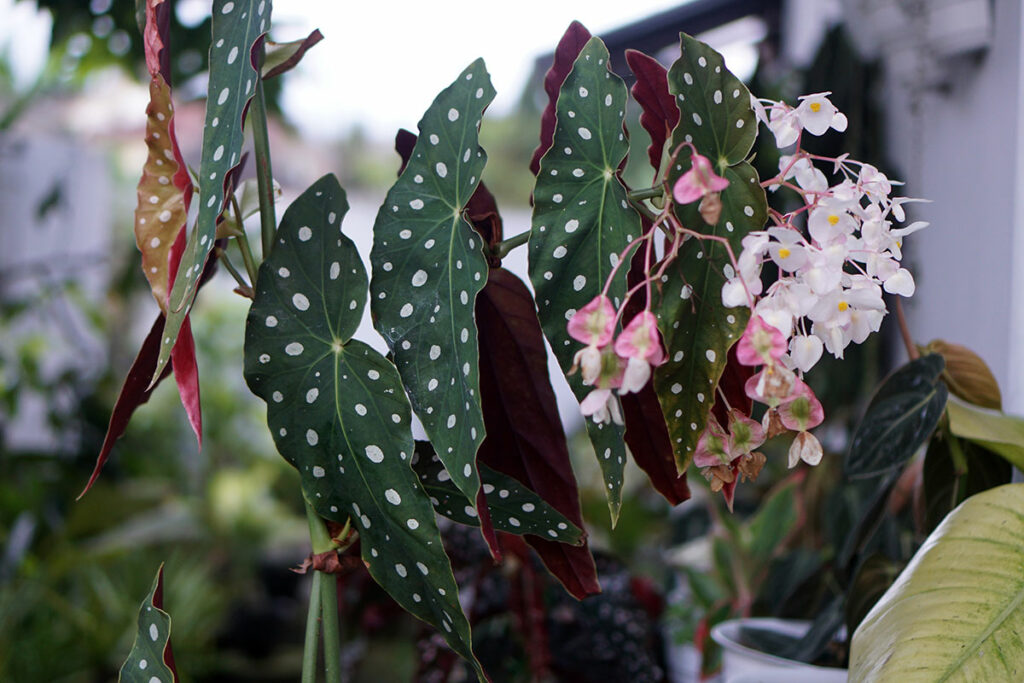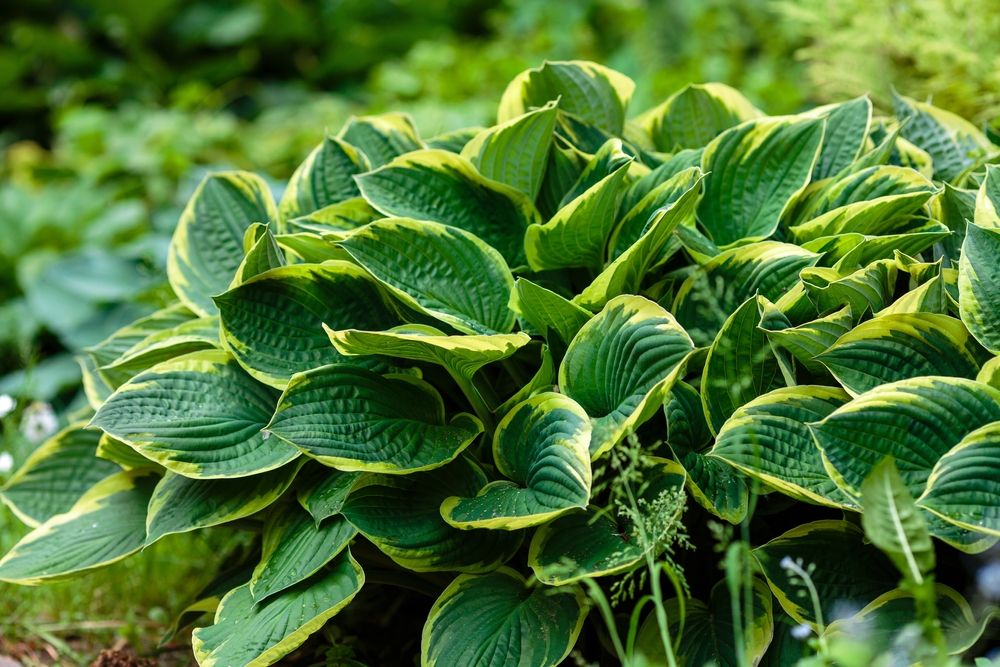
Do you have a shady spot in your garden that you just don’t know what to do with? Worry no more!
This article will help you discover 15 wonderful plants that can thrive in the shadows beneath almost any tree.
You’ll find options that bring beauty and life to those tricky areas, transforming them from dull to delightful.
Whether you’re new to gardening or a seasoned green thumb, there’s something here for everyone.
1. Hellebore
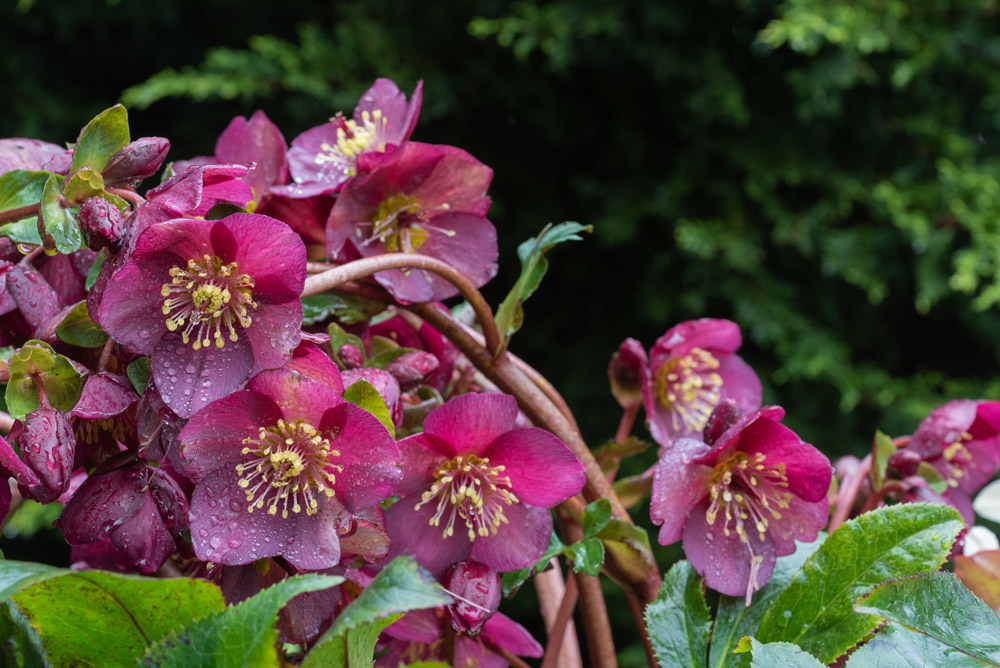
Hellebore is a fantastic choice for planting underneath trees.
These evergreen perennials thrive in shady areas where they receive dappled sunlight.
You’ll love their beautiful, long-lasting blooms that appear in late winter to early spring.
2. Liriope
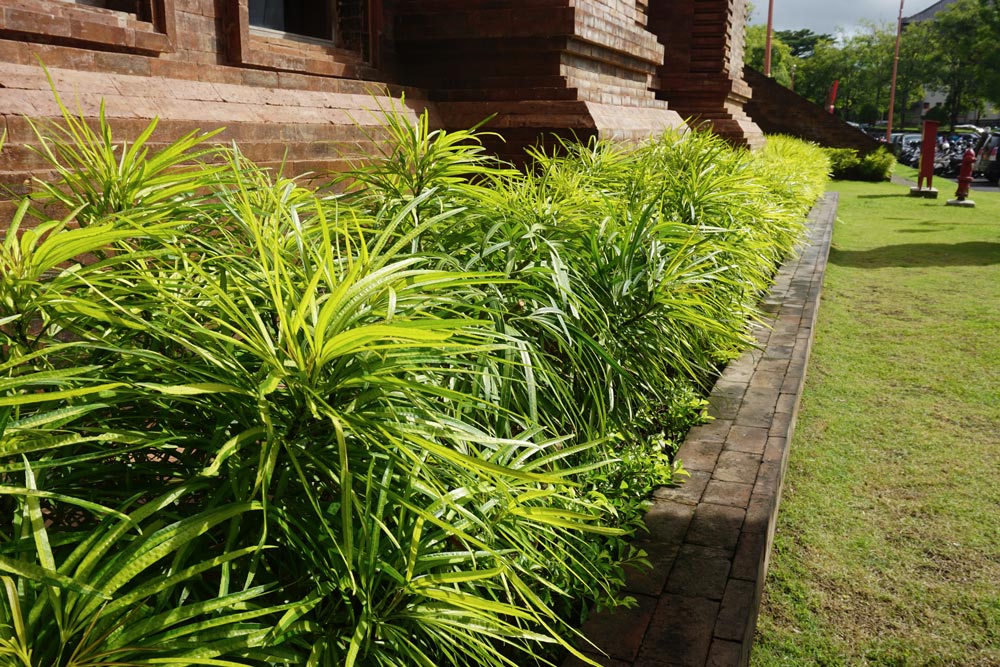
Liriope, also called lilyturf, is a hardy plant that thrives in shade. Its grass-like leaves add texture and beauty beneath trees.
You will enjoy its low maintenance. Liriope adapts well to different soil types and tolerates dry conditions.
Expect its purple flower spikes in late summer. This plant spreads easily, creating a lush ground cover.
3. Lungwort
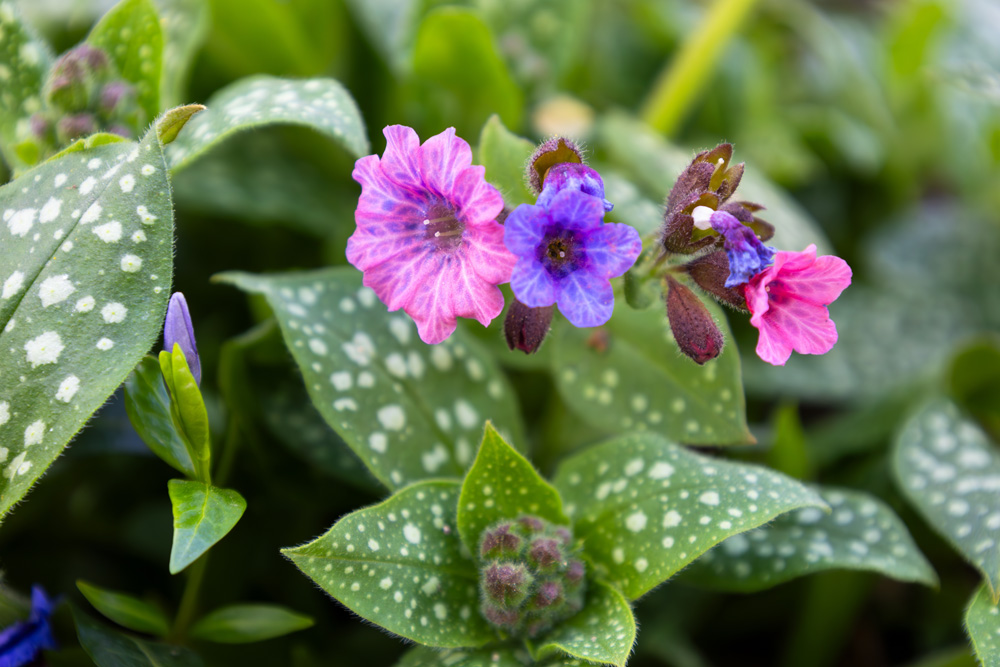
Lungwort, also known as Pulmonaria, thrives in shady spots beneath trees. Its speckled leaves and blue, pink, or white flowers add color to your garden.
You’ll find it’s easy to maintain and resistant to most pests. Lungwort prefers moist, well-drained soil.
Plant it, and enjoy a touch of beauty under your trees.
4. Japanese Forest Grass
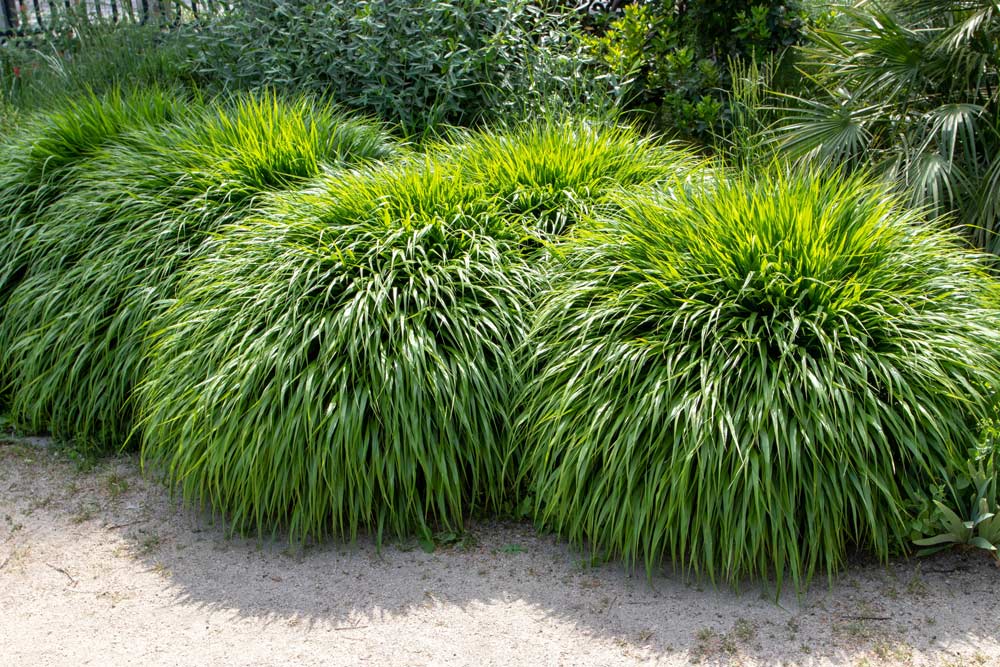
Japanese Forest Grass, also known as Hakonechloa, thrives in shady spots. This plant’s cascading green and gold leaves bring brightness to dark areas.
It’s low-maintenance and forms neat, lush mounds. A perfect choice for under trees, it spreads slowly without becoming invasive.
5. Foamflower
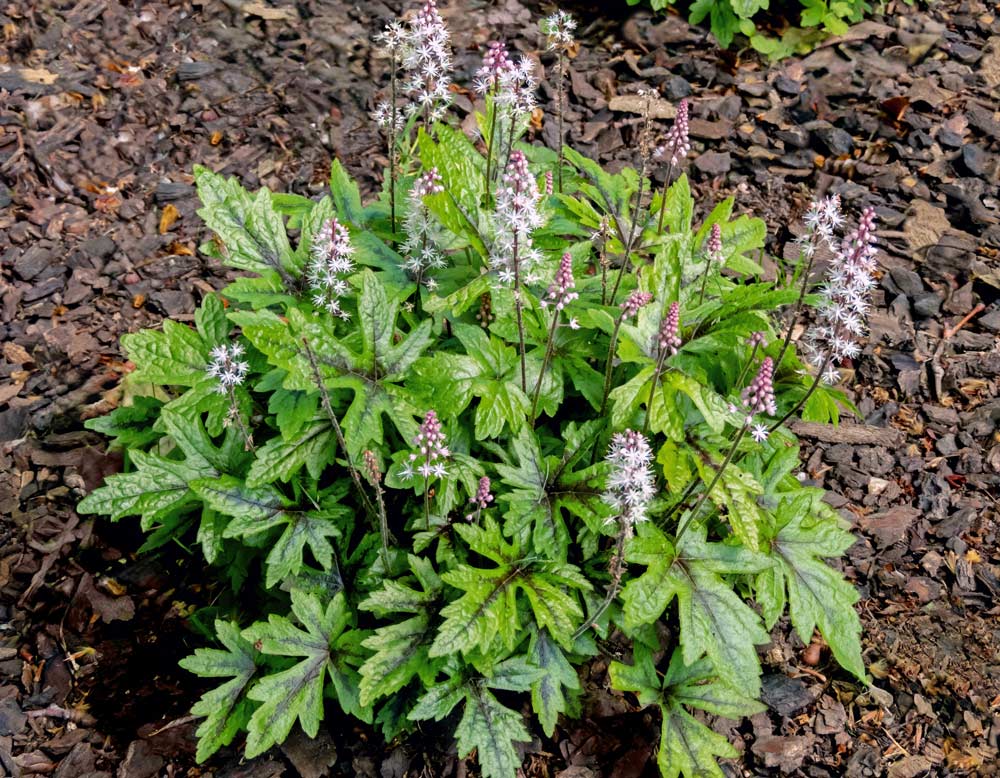
Foamflower is a fantastic choice for growing underneath trees. Its delicate, white blooms bring a touch of brightness to shaded areas.
This perennial thrives in the shade, making it perfect for those tricky spots under dense canopies. Plus, its low-maintenance nature means you can enjoy its beauty without much fuss.
Try planting foamflower to add a lovely, airy feel to your garden.
6. Hosta

Hostas are a great choice for planting under trees. These hardy perennials thrive in the shade and come in a variety of sizes and colors.
You’ll love their lush, broad leaves, which add texture to your garden. Hostas require minimal maintenance and are resistant to many pests.
Plant them in well-drained soil, and they’ll reward you with beautiful foliage all season long.
7. Sweet Woodruff
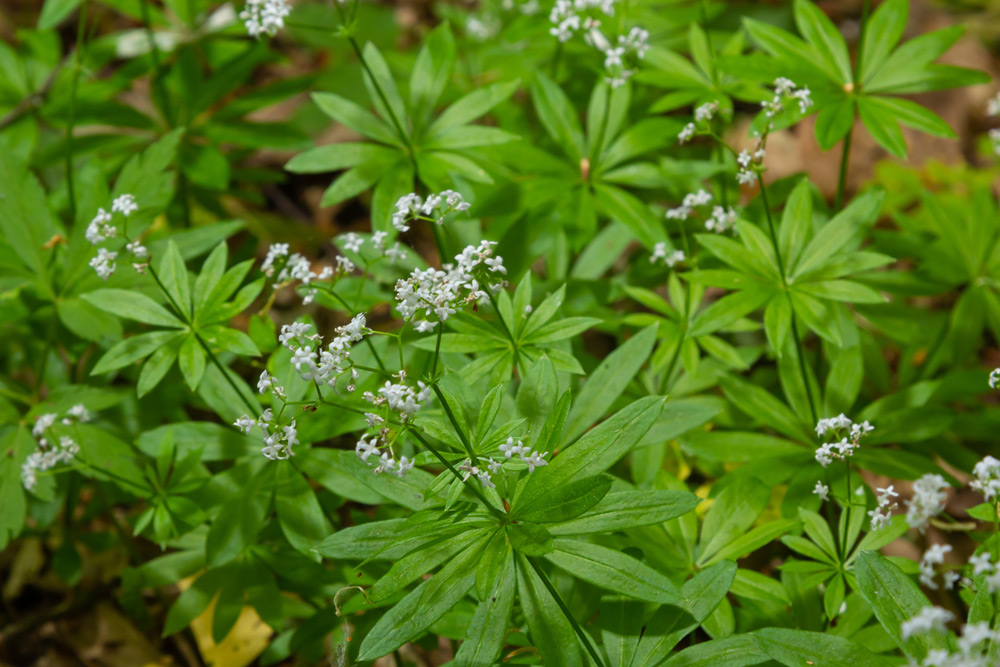
Sweet Woodruff is a small, attractive ground cover perfect for growing under trees. Its delicate, star-shaped white flowers appear in the spring and early summer.
The plant prefers shaded areas and can thrive in various soil types. Not only does Sweet Woodruff add beauty, but its fragrant leaves also repel pests.
It’s a low-maintenance option that will effortlessly enhance your garden space.
8. Periwinkle
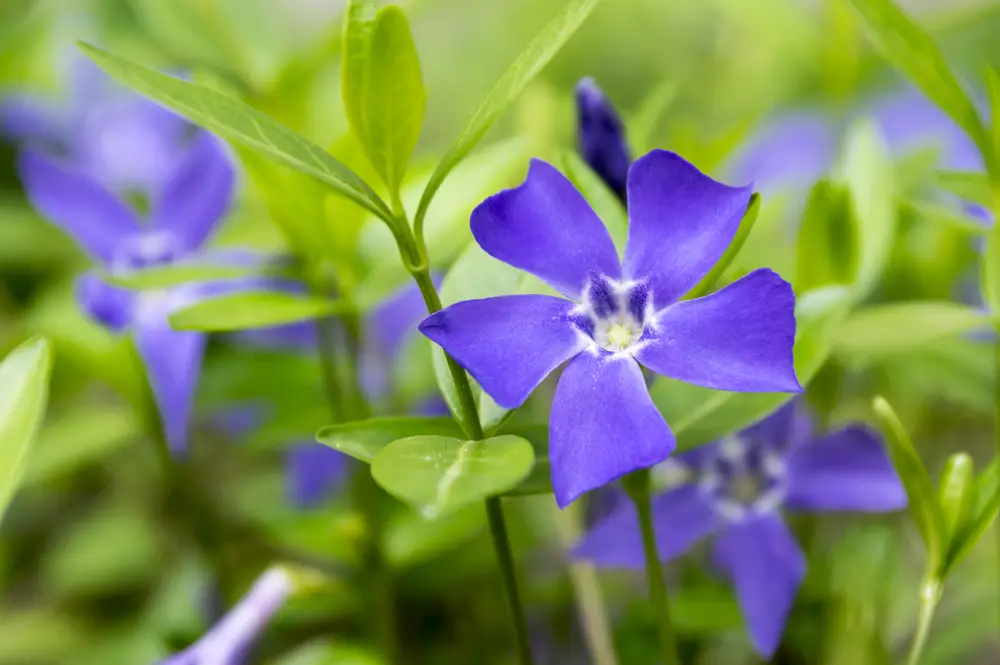
Periwinkle, also known as Vinca, is a fantastic ground cover for shady spots under trees. This hardy plant thrives in various conditions and requires minimal maintenance.
You’ll love its attractive, glossy leaves and vibrant flowers, which bloom in shades of purple, blue, and white. Periwinkle helps suppress weeds, making your garden look neat with little effort.
9. Coral Bells
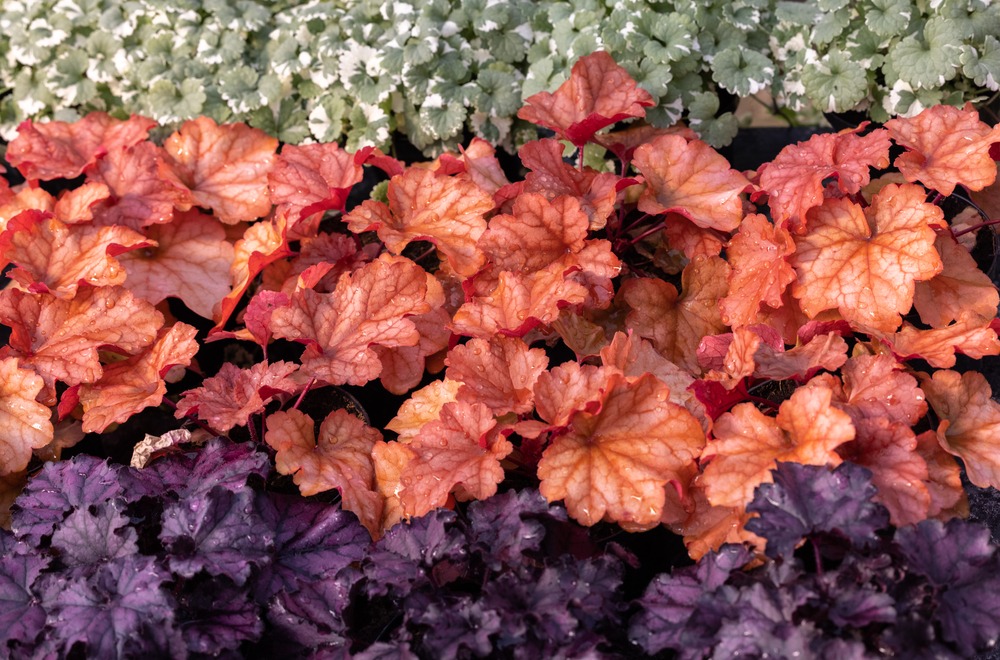
Coral Bells are perfect for planting under trees. Their vibrant foliage adds color to shaded areas, bringing life to the normally darker spots.
You’ll find their care routine easy since they require minimal attention. Just ensure they have some water and enjoy their beauty.
They’re also versatile with many varieties, each offering unique leaf colors and patterns.
10. Virginia Bluebells
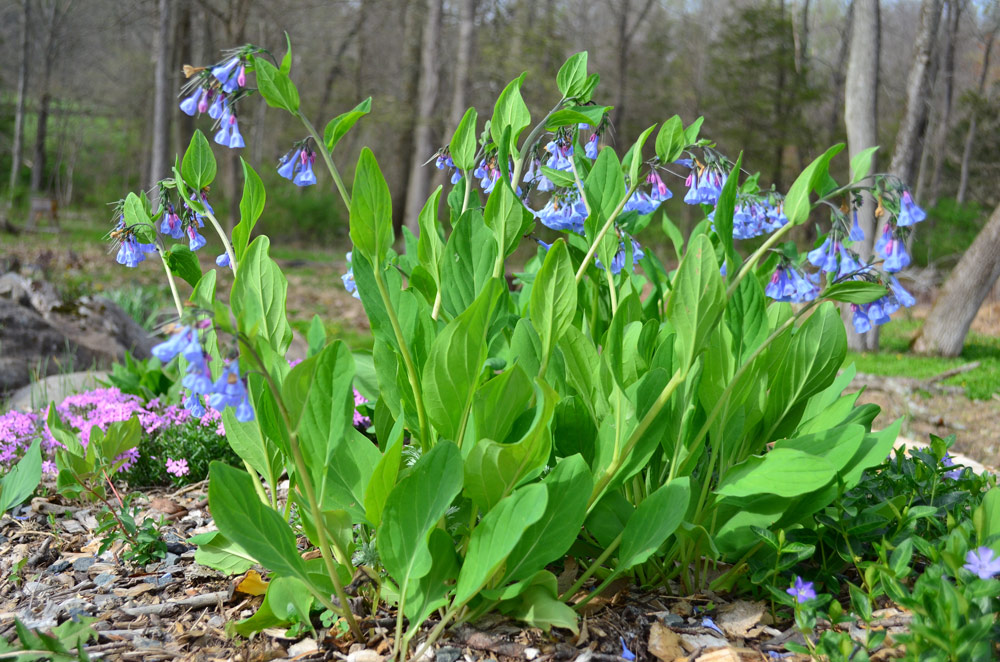
Virginia Bluebells are a charming addition to any garden. Their bell-shaped, blue flowers are a delight to see in early spring.
You can plant them under trees where they receive dappled sunlight. They tolerate a variety of soil types, flourishing best in moist, well-drained soils.
These perennials are low maintenance, making them perfect for busy gardeners. Their vibrant colors add a touch of elegance to shady areas.
11. Turk’s Cap Lily
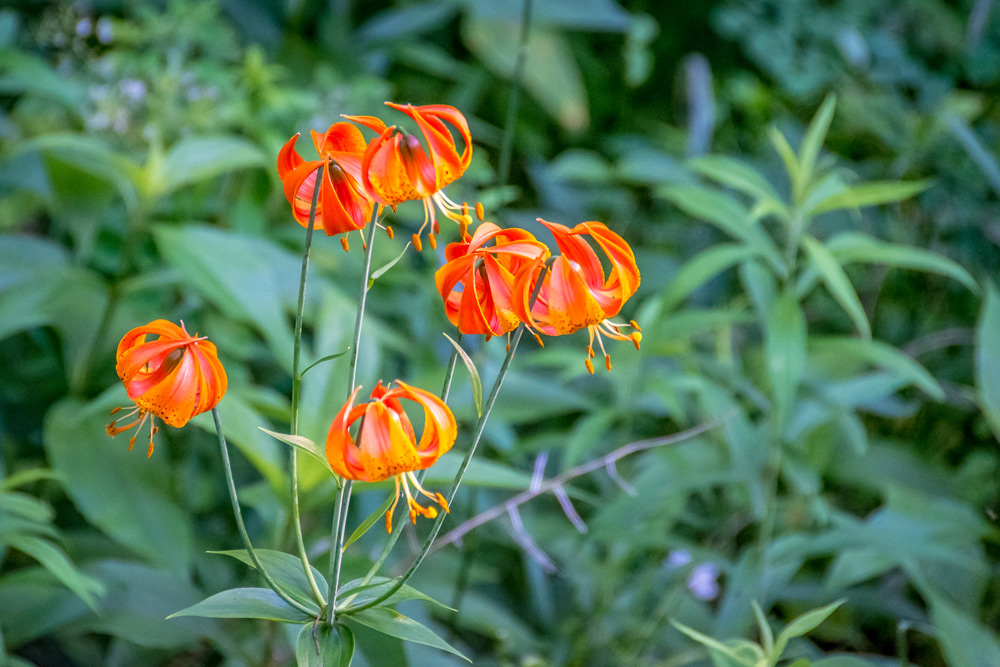
Turk’s Cap Lily is a striking plant known for its vibrant orange-red blooms. It thrives beautifully in the dappled shade beneath trees.
You will love how easy it is to care for, needing minimal attention once established.
Its tall, elegant stems can add a splash of color and interest to any shaded garden spot.
12. Wild Ginger
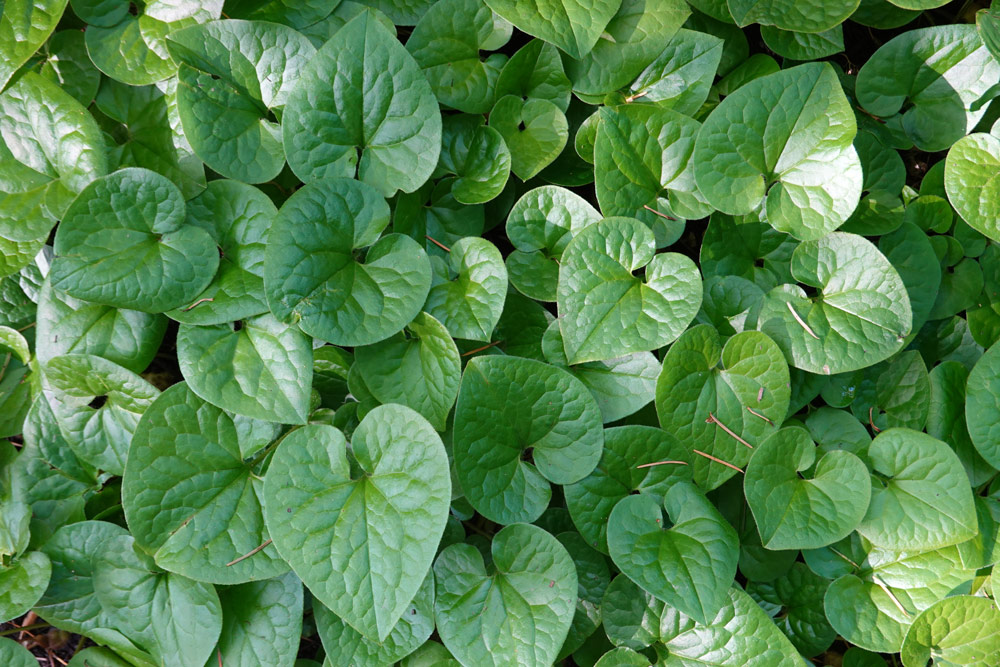
Wild Ginger thrives in shaded areas, making it perfect for growing under trees. Its heart-shaped leaves provide a lush ground cover.
You’ll love the small, hidden flowers that appear beneath the foliage in spring. Wild Ginger is also low-maintenance, requiring minimal care once established. It’s a charming addition to any garden.
13. Bleeding Heart
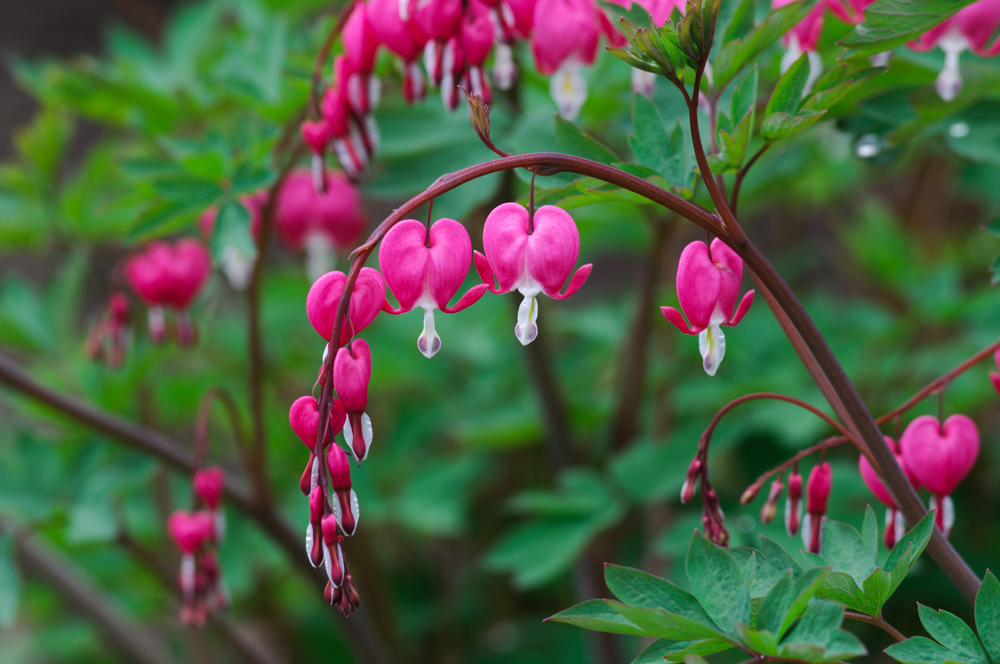
Bleeding Heart is a beautiful choice for planting under trees. Its delicate, heart-shaped flowers add a touch of elegance to shady spots.
You’ll find that it thrives in well-drained, moist soil with partial to full shade. This plant can tolerate some sun but does best when protected by the tree canopy overhead.
With minimal care, Bleeding Heart will reward you with lovely blooms and a soft, lush foliage.
14. Toad Lily
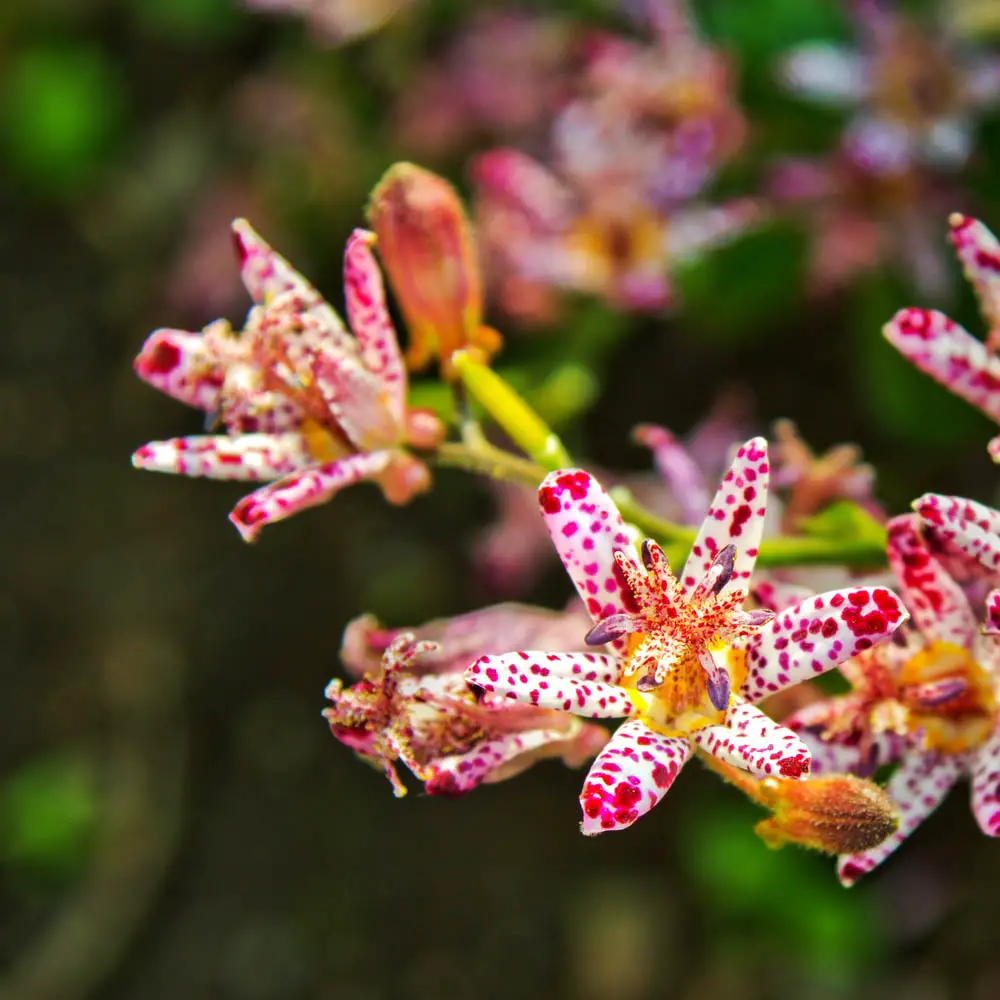
Toad Lily thrives in partial to full shade, making it a great choice for planting under trees.
Its exotic, orchid-like blooms appear in late summer to early fall, adding unexpected beauty to shaded areas.
This hardy plant requires moist, well-drained soil and offers a splash of color when many other plants have already finished blooming.
15. Fern
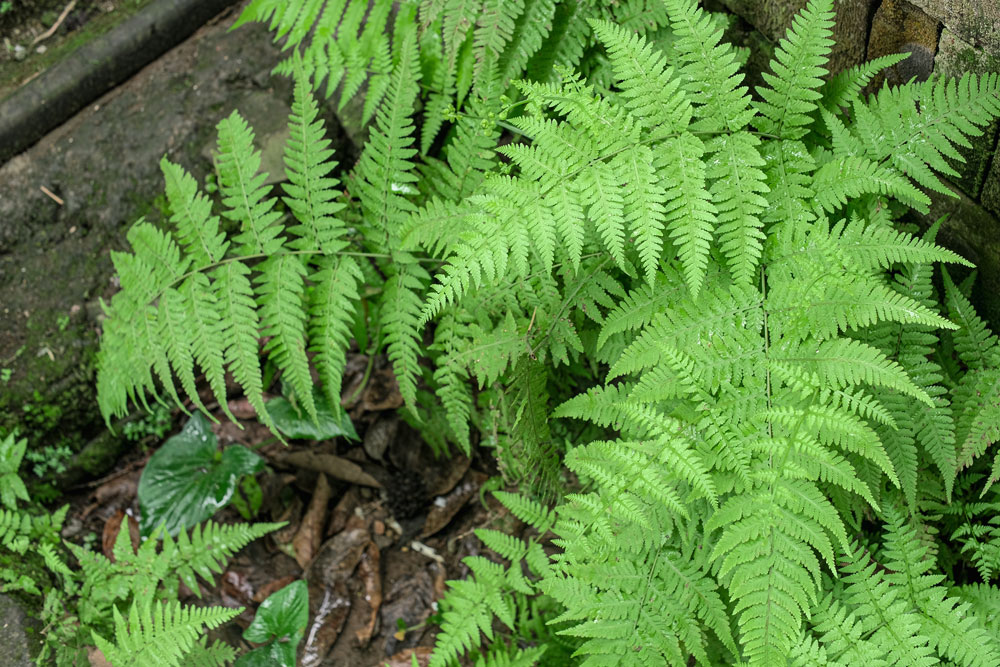
Fern is a fantastic plant to grow under trees. Its lush, feathery fronds bring a touch of elegance to shady spots.
You’ll appreciate how ferns thrive in low-light conditions, making them perfect for those tricky areas.
Additionally, they require minimal maintenance, so you can enjoy their beauty without much effort.
Choosing the Right Plants
Selecting plants that thrive under tree canopies involves knowing your soil conditions and the amount of shade the area receives. These factors directly affect which plants will grow well and flourish in your garden.
Understanding Soil Conditions
Soil under trees can be challenging due to root competition and varied moisture levels. Start by testing the soil pH to determine acidity or alkalinity. Many trees create acidic soil, so consider plants like ferns and hostas that tolerate lower pH levels.
Next, assess the soil texture. Is it sandy, clay, or loamy? This affects drainage and aeration. Tree roots often dry out the soil, so choose plants that withstand limited water or invest in organic mulch to retain moisture.
Nutrient availability is another key aspect. Tree roots tend to absorb nutrients aggressively. You might need to supplement with compost or slow-release fertilizers to support your plants. Understanding the soil will help you pick compatible plants that can thrive despite the demanding environment.
Assessing Shade Levels
Shade varies significantly based on the type of tree and its foliage density. Identify if your area receives full shade, partial shade, or dappled shade. Full shade means little to no direct sunlight, whereas partial shade gets sunlight for a few hours.
For full shade, consider plants like astilbes or bleeding hearts that thrive in low light conditions. Partial shade areas can support hostas, columbines, and other varieties needing some sunlight. Dappled shade, where sunlight filters through leaves intermittently, suits plants like ferns, bringing a lush feel.
Understanding these shade levels will help you choose plants that match the light conditions, ensuring healthy and vibrant growth.



